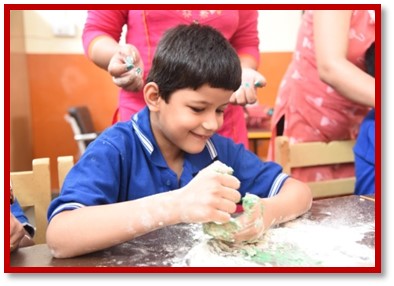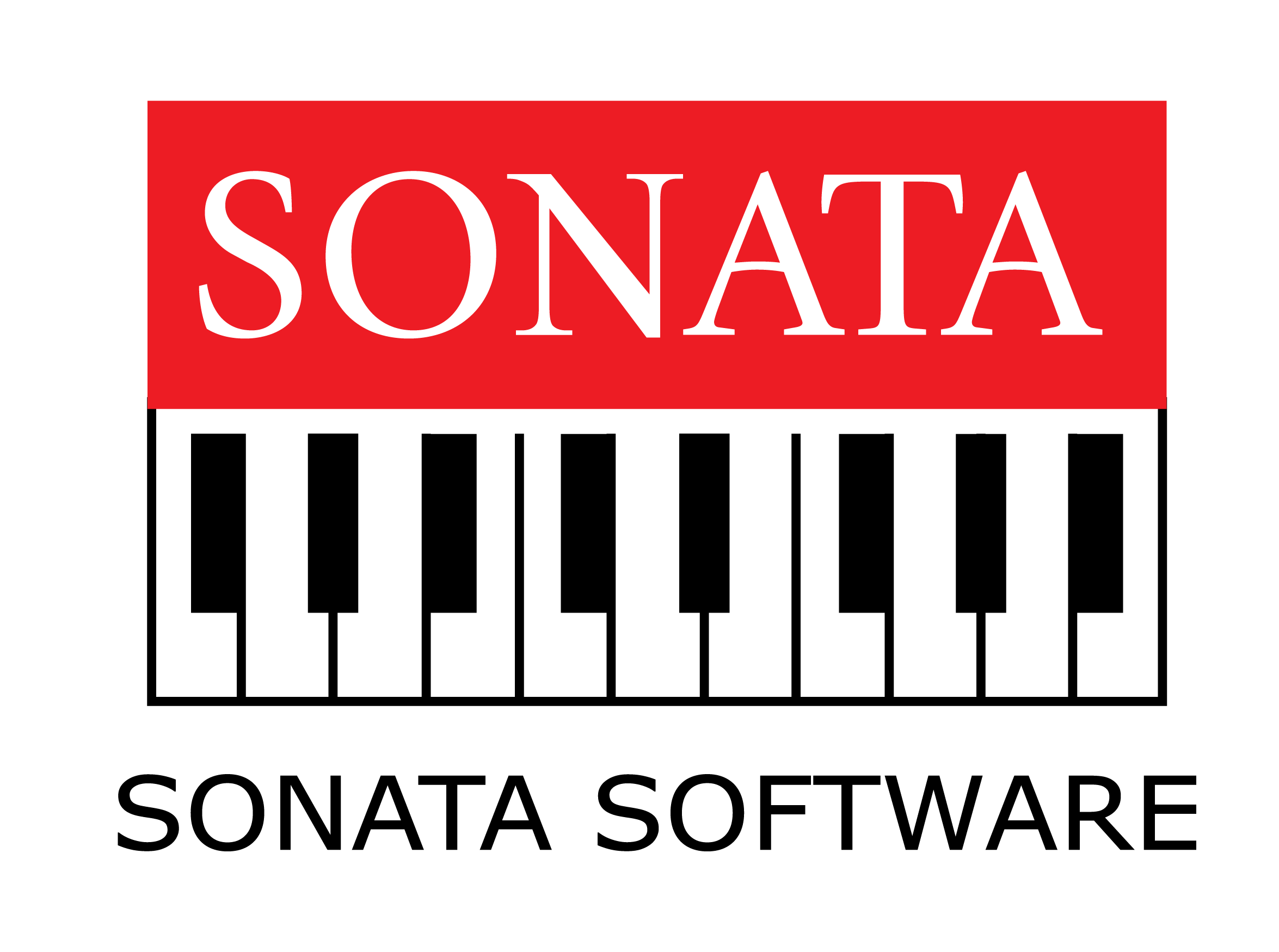The Strategies of Learning Techniques for IEP
Understanding Individualised Educational Plan (IEP) is core to constructing strategies and build learning techniques for children with deafblindness. The aim is to keep the child at the center. Keeping that in mind, we should also highlight the role of a conducive learning environment which supports the learning abilities of the child.
Some of the key points include the child’s schedule, clearly defined space, labelling objects, suitable lighting and optimum noise level. Such minute interventions would enable the child to identify with the time, space and activities that they are engaging in. The educator can also take frequent feedback to understand the needs of the child.

There are a number of simple activities with a multisensory approach to make learning for the child fun and participatory.
These include a balloon painting activity that focuses on Sensory, Cognitive, Communication and Motor areas.
A grooming activity that focuses on social, communication, cognition, sensory, motor, Activities of Daily Living (ADL) areas.
A texture play with glue, flour and paint that focuses on communication, cognition, sensory, hygiene and motor.
These activities use simple everyday materials and steps to engage the child. Games like treasure hunt are a lot of fun and are loved by children. It uses a variety of materials like tub, sand, teddy bear and leaves and mainly focuses on sensory, cognitive, communication, motor and pre- orientation & mobility skills. Storytelling with physical activities such as jungle picnic and finger puppet are also a proven method of building cognitive and motor skills of a child with deafblindness. Gardening helps the child to be connected with nature and help in developing their sense of touch.
For correct and successful teaching strategies, we need to keep in mind that they are culture and age appropriate, socially interactive and in sync with the interests - likes, dislikes and learning style of the child.
The strategies can be summarised into three parts.
First is, while planning concentrate on the likes and dislikes of the child, suitable environment and material, essential information about the child and the appropriateness of the material and objects.
Second, while doing the activity familiarise the child with the material, complete the activity, be patient and give time for response.
The third phase is after the activity - summarise and focus on main actions.
Some of the most important aspects of the teaching strategies are:
- Functional and with a meaningful purpose to help the child attain self-dependency.
- In natural environment
- Complete in themselves with a beginning, middle and end
- Broken into smaller steps
- Able to provide assistance when needed
- Motivation like rewards
- Consistent to develop routines for the child
- Providing repeated opportunities for the child
- Using real objects
- Giving clear and precise information
- Using prompts for the child to perform tasks
- Using appropriate TLMs according to the specific needs of the child
- Using the most suitable/responsive time for the child to perform activities
The clarity of objective is directly related to a successful evaluation. The objectives should be specific and strategically placed. Evaluation helps us to know our gaps and why we couldn't achieve our goals. Some of the main factors to consider while evaluating are - attendance of the child as well educator, medical /health situation, TLMs, and activities used for achieving the goals, time, consistency, parent’s involvement etc. We can even reevaluate our strategies by a technique called error analysis and error correction. It helps the educator in identifying the conceptual error and gives scope to rectify it.
However, the most important part is to keep our attitude positive, to believe that we can do it and do it with a smile. When you enjoy, the child enjoys with you.
AuthorsMercy Chingnunmuang- Training-Officer, Sense International(India)
Sukrati Rastogi- Programme-Officer, Sense International(India)
Considering its importance, our expert professionals had taken a session on Prioritising and Writing Goals and Objectives for Persons with Deafblindness and MD and Teaching Strategies and Evaluation for Persons with Deafblindness and MD in the National Webinar organised by Sense India on the 29th of October, 2020. It was taken by Ms. Anuradha Bagchi, Director-Education, Helen Keller Institute for Deaf and Deafblind and Ms. Nandita Saran, Principal, Centre for Multiple Disabilities and Pre-integration unit, NAB Delhi respectively. You can access further information by registering for the National Webinar.
For further info, visit our website: National Webinar on Deafblindness




